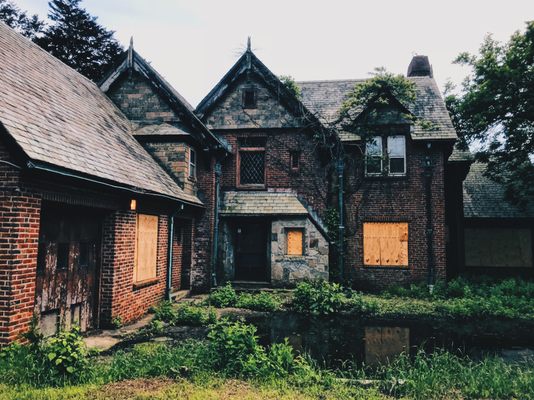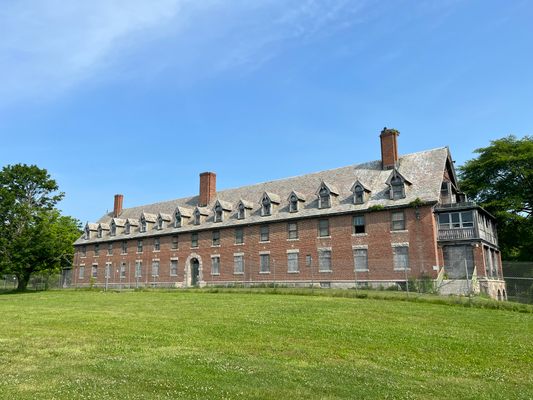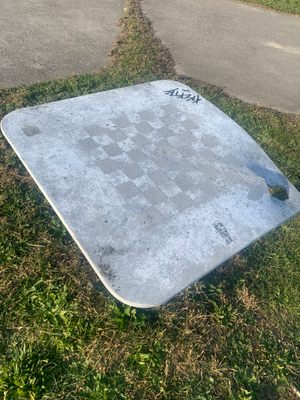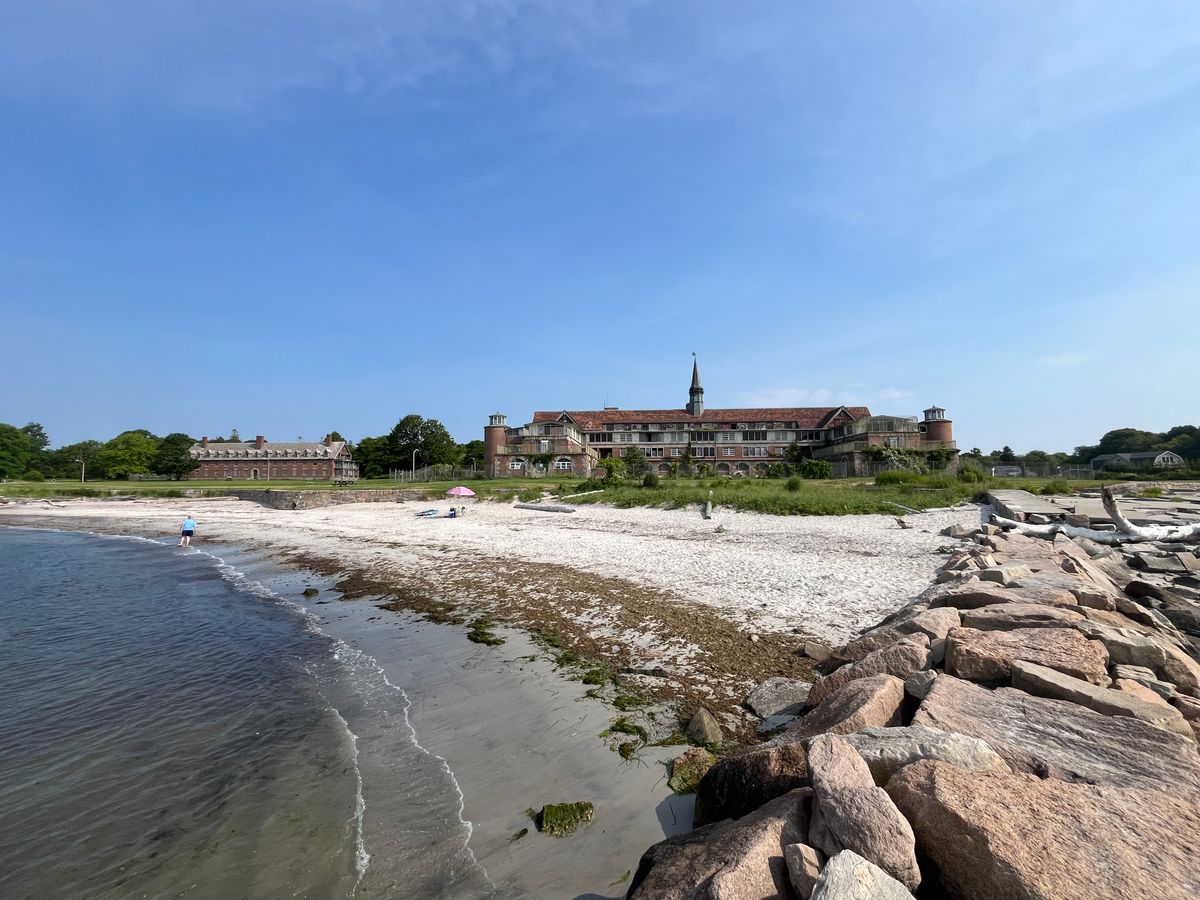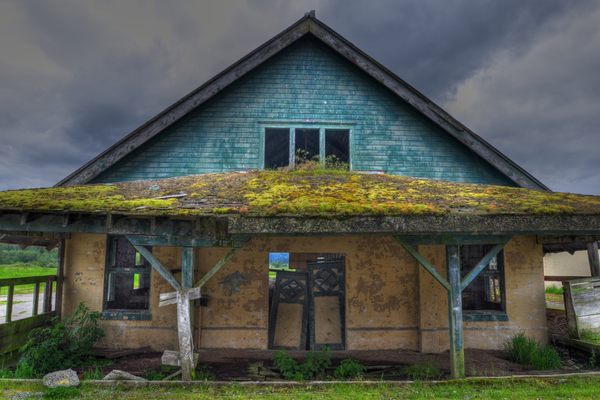About
This brick fortress, designed in 1934 by architect Cass Gilbert, was America’s first medical facility designed to offer heliotropic treatment to children with tuberculosis. This type of treatment involved spending prolonged periods of time in the sun, in hopes that the exposure might help cure the patient.
The theory is literally built into the facility, which is renowned for its Tudor Revival architecture. Massive terraces facing the sea wrap around the main building, so the children could try to sun themselves to health. It wasn’t long, however, before new drugs were developed that rendered this treatment obsolete.
As such, the building's role would shift several times over the next six decades before it was added to the National Register of Historic Places in 1995. Over the ensuing decades, the facility would turn first into a home for the elderly, then into a traditional medical hospital, and finally into a hospital for the intellectually disabled.
It was showcased in the expose book named: Christmas in Purgatory, A Photographic Essay on Mental Retardation, by Burton Blatt and Fred Kaplan. The expose was written to show the appalling condition in various state schools through the country. The majority of the institutions included in the book were not named. Yet, the last chapter did name one institution: Seaside Regional Center (AKA Seaside Sanatorium). This institution was not named due to anything bad that occurred in the center but how it was an example of how state schools should be run. The book commented that the staff really cared for the residents and that there had never been any overcrowding, underfunding, abuse, or understaffing like in other similar institutions.
It closed in 1996 due to a lack of need.
Now a Connecticut State Park, visitors can enjoy the grounds and walk the perimeters of the various buildings.
Still an architectural marvel, the Seaside is today a complicated monument to both genuine attempts at medical innovation.
Related Tags
Know Before You Go
Vehicles should be left at the parking lot or grassy area before the gate. The only way to enter the park is by foot. (No stickers or fees required.) While the main buildings of the sanatorium are located on the grounds of a publicly accessible state park, it should be noted that the park rangers are adamant about patrolling the area. Even with cameras in hand and away from the fenced perimeter, be prepared to possibly be stopped and answer their questions regarding your visit.
The staff housing located on the south side of the main buildings is now also surrounded by fencing. Pathways connect both as well as the old garages near the parking lot
Community Contributors
Added By
Published
August 10, 2018
Sources
- http://www.damnedct.com/seaside-sanatorium-waterford
- http://articles.courant.com/2010-01-10/news/hc-plc-condon-seaside-disgrace.artjan10_1_historic-buildings-heliotropic-treatment-mark-s-steiner
- https://en.wikipedia.org/wiki/The_Seaside_(Waterford,_Connecticut)
- https://www.nytimes.com/2017/09/19/nyregion/seaside-sanitarium-connecticut-revival.html
- https://patch.com/connecticut/waterford/ghosts-at-seaside
- Christmas in Purgatory, A Photographic Essay on Mental Retardation, by Burton Blatt and Fred Kaplan, 1966.


